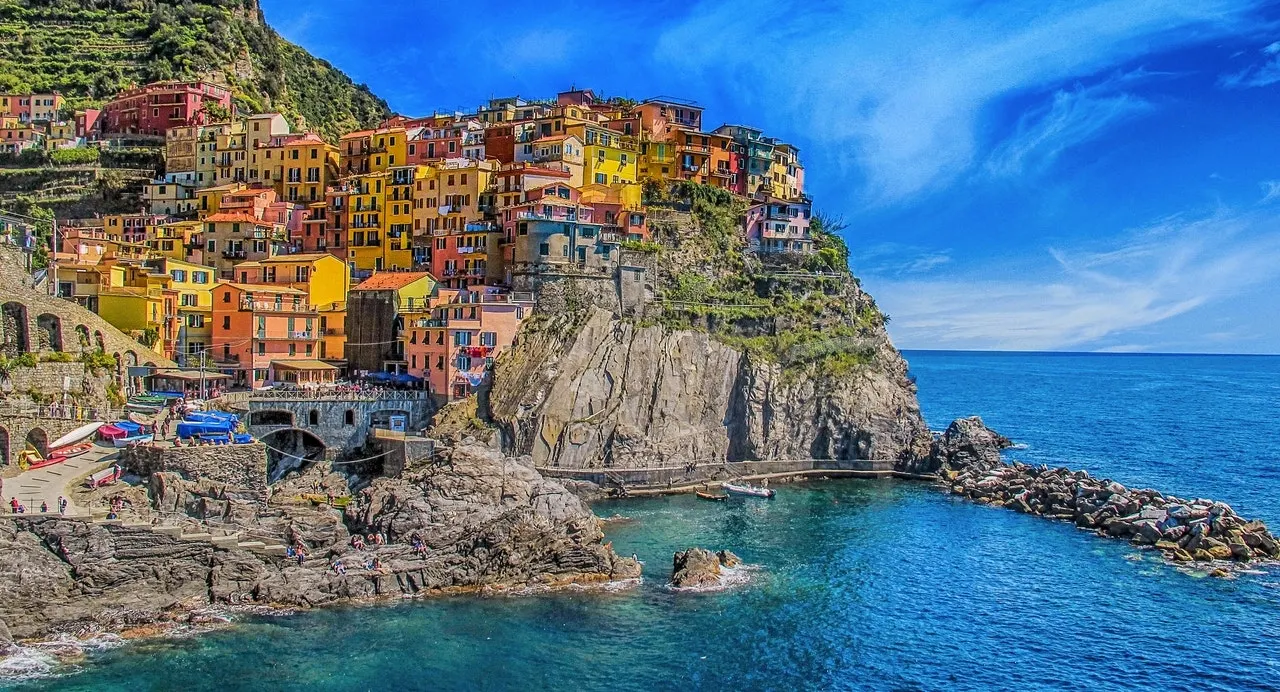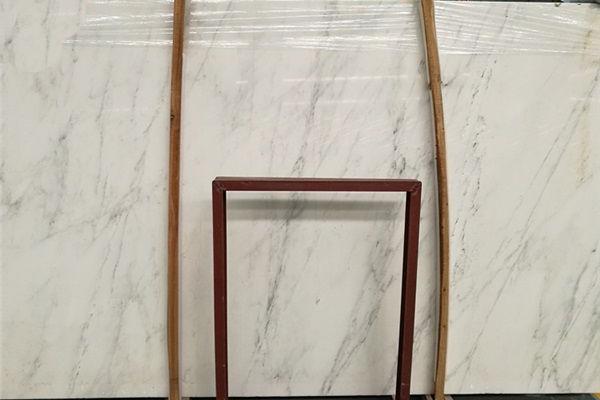Why Use Architecture and Interior Design Color Schemes?
When it comes to architecture, there are a lot of different schools of thought. Some people believe that forms and shapes should follow function, while others believe that the aesthetic side is just as important as practicality. And then some believe that the way a building looks is just as important as the way it functions.
One of the most important things to consider when designing a building is the color scheme to use. The right colors can make a huge difference in the way a building looks and feels. But what are the best colors in architecture to use?
In this blog post, we'll discover the use of colors in architecture. We'll discuss how different colors can create different moods and atmospheres, and how they can be used to effectively communicate a message or create a certain effect. The architectural elements, and especially the external elevations, refer generally to the outer appearance of the building in terms of design and often impress the viewers a lot at first sight.
Nowadays, as art is more and more integrated into architectural designs, the elevation of an edifice is no longer a matter of boring repetitive patterns. Color as an essential decorative element begins to play its role: Color is a deeply emotive topic.
For most of us, it is also a highly personal concern, where every one of us and even every community has its unique response to color that we develop internally through experience and association.
 |
| A live example of the usage of colors in Architecture: The Cinque-Terre village in Italy, Photo by: pexels.com |
Usage History of Colors in Architecture
In the West, within the late 20th century there was a belief that color becomes secondary and only for decorative purposes. The use of natural, and material color found in concrete, metal, and glass has dominated the architectural industry since Le Corbusier.
White has often been associated with an elevated intellect and consequently adopted to define some joyful decoration, but a few notable exceptions such as the chromatically masterful architect, Luis Barragan. Unfortunately, color has often been used so badly on the outside of the buildings, although it greatly feared large-scale colorful architecture.
Apart from some rare exceptions, where cladding materials lacked durability and light-fastness, color has been, on the whole, conspicuously absent from our constructions.
Recently a visible renaissance is taking place where smart, provocative, and serious colors are being used to serve the form and the shape, in addition to the function, and take a leading role in architectural environments.
This awakening, if we can define it like so, occurred between 2004 and 2008 clearly illustrating this resurgence of using colors in architecture over a short period. We have, for now, put aside our chromophobia, replacing the achromic facades of the last several decades with a polychromatic celebration of new technology.
What is most intriguing about this collection of projects is the diversity of materials and installation.
Colors in architecure has become wholly integrated into the construction process with a vast array of techniques.Rather than being considered as a secondary afterthought, chromaticity is now considered through a material, a surface, a light, and a finish at an early stage in the design process.
However, technological improvements over the last ten years have allowed the use of cheaper, repeatable, and more durable materials than ever before, available in an ample range of colors. Paints are more UV-stable, colorfast Polymer-based, and able to cover large spaces.
Curtain wall technology allows the usage of a range of materials to cover a façade.
Live Examples of Using Colors in Architecture
We can find widely around the globe interesting examples of this colorful and joyful architecture used with colors to the fullest;
 |
| Image by TheRealTimTam from Pixabay |
Cinque-Terre village in Italy is an alive example of the use of colors in architecture, suggested within its houses all over the rocky site of the town's situation, as shown in those amazing pictures from Pixabay.com.
Preview of Cinque Terre:
- The Cinque Terre zone is a well-known vacation destination worldwide. It comprises five villages: Monterosso al Mare, Vernazza, Corniglia, Manarola, and Riomaggiore. It is located on the northwest side of Italy and its name means "The Five Lands".
- Throughout the hundreds of years, individuals have been manufacturing terraces including yards, on the tough and rocky view, straight up to the precipices that overlook the Mediterranean Sea. Pathways, railways, and boats were the only way to connect the five villages that compose the interface.
- Vehicles can combine them from the outside just using restricted and unsafe mountain roads with extraordinary trouble. The coastline, the five villages, and the surrounding hillsides are all part of the Cinque Terre National Park, a UNESCO World Heritage Site.
Interior Design Color Schemes Usage
Still, we haven’t talked yet about the use of color in interior design, which is much more reputed and usable than the exterior.
6 Selected Marble-Colored Types That Will Change Your Thinking about Marbles!
The architectural element that uses more colors than the other ones is the flooring and its covering.
But why is that? Simply because it's the first thing that comes to eye contact when entering a certain place. Marble tiles are exceptionally elegant and durable when it comes to floor tiles and even wall claddings. This is the reason why it is one of the most favored sorts of stone utilized widely in designing countertops, walls, and floors.
At the point when you're dealing with marble tile flooring, it is significant that you pick the correct colorings to make a positive impact on the rest of your home, office, or some other places you are designing. There are various shades to choose from and you might be shocked that imagination goes far while attempting new mixes and colors.
 |
| Sichuan Marble as a Panel ready to be cut |
The following is a list of the most commonly used various hues of marble textures:
1. Sichuan marble. This kind of marble tile is white and looks pure and clean. Although the material is for the most part utilized for chimneys and statues, it additionally gives exemplary specification to floors. The graining is light or reasonable which frequently has a dark shading. This sort of marble flooring is best when set in a territory with a great value of light.
2. Darker marble. This sort of marble tile shading may go from red to tan to a darker color. The variations are either beige, flesh, or black. This is generally utilized in sanitary rooms and exterior terraces. Dark-colored marble gives a natural tone that is best for surfaces with plants and outside gardens and lighter colors. The differentiation between the darker floor and light stylistic themes makes a very nice impact.
3. Standard Hunan. This kind of marble tile has either dark or dim shades. The dim may go anyplace from light to dull with dark graining. This sort of marble tile flooring is useful for porches and kitchen areas where the lighter tones of the kitchenware or a white entryway give an amazing contrast feeling for a better combination.
You may likewise decide to analyze utilizing dark and dim Hunan tiles to make an emotionally concealing look.
4. Brown-gray aggregate. The total may contain completely white marble with greys-hued graining or an assortment of patches going from red to orange to grey degradation. It is actually difficult to deal with this kind of marble since it may not fit within the wanted area to cover.
5. Brown-white marble. The degradation of this marble tile is generally a mixture of brown and white which appears great in living rooms and bedrooms. Some may contain small holes that can be repaired with relevant filler paste, but the advantage is that it provides a cooling effect since it doesn't hold heat for long but absorbs a cold environment. Some of these tiles may also have an orange shade.
6. Rosette. This is a newly discovered kind of marble that best accommodates the rooms since it has a somewhat pink or peach shading. The graining is heavy, but it creates an exquisite and stylish look since the tiles are polished. Note that all marble tiles are amazingly great natural rock.
The degradations, the granule texture, and other considerations are for the most part unique which gives more space for testing. Ensure that you follow the correct installation process to guarantee that it remains firm and stable.
Polishing and resealing are the essential processes needed to keep marble brilliant and shining for a long period.
So there you have it! A brief overview of the history and impact of colors in architecture. As you can see, color is a powerful tool that can be used to create a variety of effects in a specific space. Whether you're looking to make a bold statement or simply add a pop of interest to a room, color is a great way to do it.
In conclusion, colors play a big role in interior design and even architecture. They can affect our moods, emotions, and even our physical health. When selecting colors for a building, it's important to consider all of these factors.
With a little bit of thought and care, you can use also the interior design color schemes to create a truly unique space, that represents your personality. We hope this article has inspired you to experiment with color in your own home or office.
Book Recommendation
Looking for more information about the colors and their relation with the design and architecture, it's time to buy the right book!
 |
| The Book Cover |
 |
| The Back-Cover of the Book |
Product details
Editorial Reviews (As featured on AbeBooks.com)
From the Back Cover
An evidence-based approach to color planning lets you discover the impact of color on people and space.
You'll learn to systematically develop innovative, holistic color solutions in interior design with this book's evidence-based approach to color planning. The author sets forth a color planning framework that integrates multiple criteria, enabling you to fully consider the complex role that color plays in interior design.
Color Planning for Interiors is based on the findings from a national study that the author conducted, which identified five categories of color criteria:
- Color as Composition
- Color Preferences
- Color as Communication
- Color Pragmatics
- Color for Engagement
The author interviewed noted designers and colorists about the projects that best represented their approach to color.
As a result, you'll discover how leaders in the field examine color from compositional, symbolic, behavioral, preferential, and pragmatic perspectives to arrive at a carefully considered solution. Moreover, you'll see how designers and architects apply this knowledge to a broad range of interior spaces, including workplaces, restaurants, retail settings, healthcare facilities, and private residences.
Complementing theory and research, real-life examples are presented from interior design projects that consider color concerning light, materiality, and interior architecture. In addition, full-color diagrams, photographs, and design renderings illustrate concepts throughout the book to help you understand how to select and work with color.
From the fundamental principles of color theory to innovative applications, all aspects of designing interiors with color are examined, making this book ideal for all professionals and students in interior design who want to develop the full potential of their color palettes.
Note About the Author
Margaret Portillo, Ph.D., is Chair of the Department of Interior Design at the University of Florida in Gainesville. Dr. Portillo is a member of the Interior Design Educators Council and has chaired the IDEC Color Network. She has taught color theory to both undergraduate and graduate design students for nearly two decades and has published and presented on color and the creative process nationally and internationally.
THIS ARTICLE MIGHT CONTAIN SPONSORED OR AFFILIATE PROGRAM LINKS. WE MIGHT GET A SMALL COMMISSION ON YOUR PURCHASE AT NO EXTRA CHARGE TO YOU.


